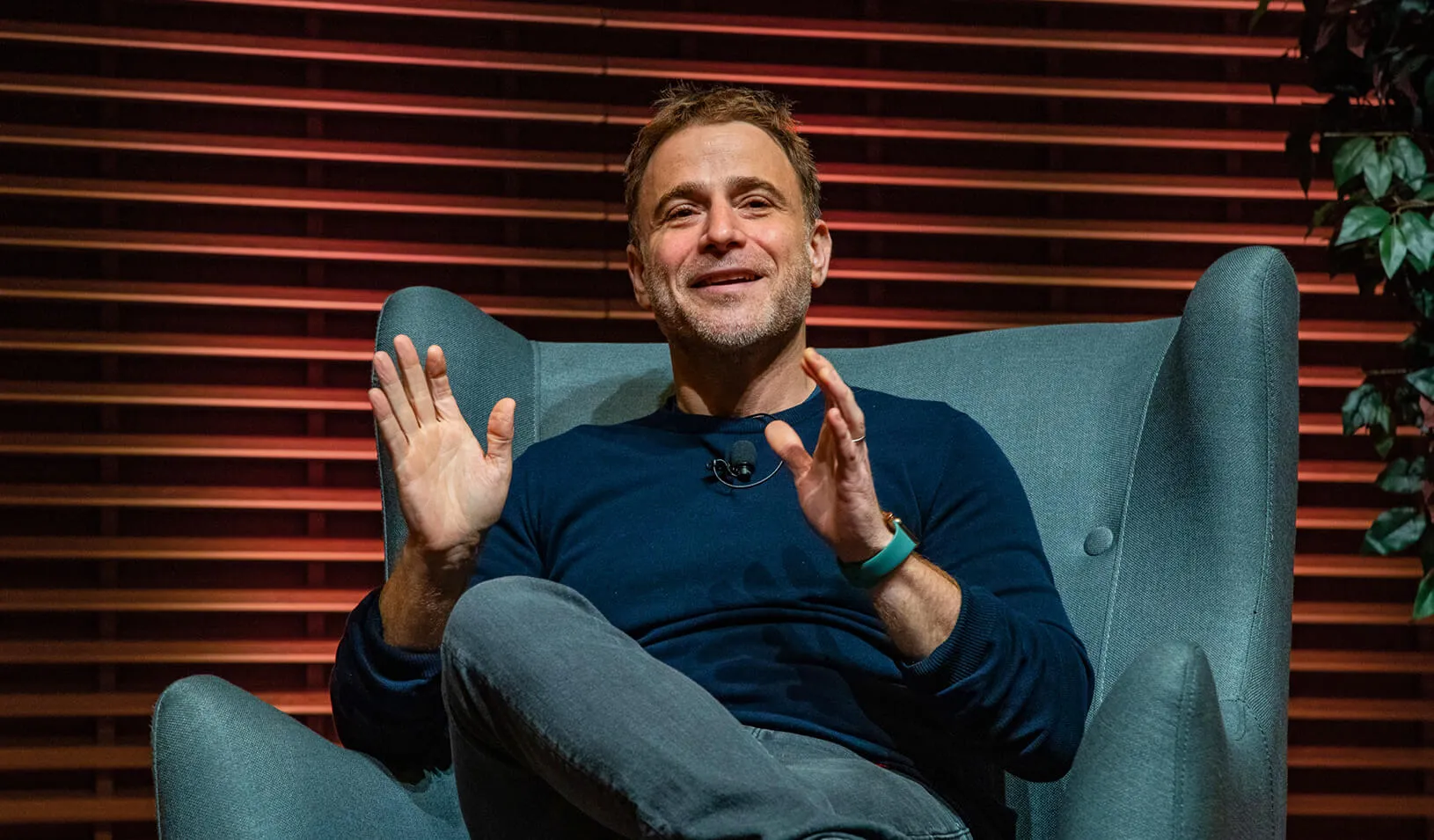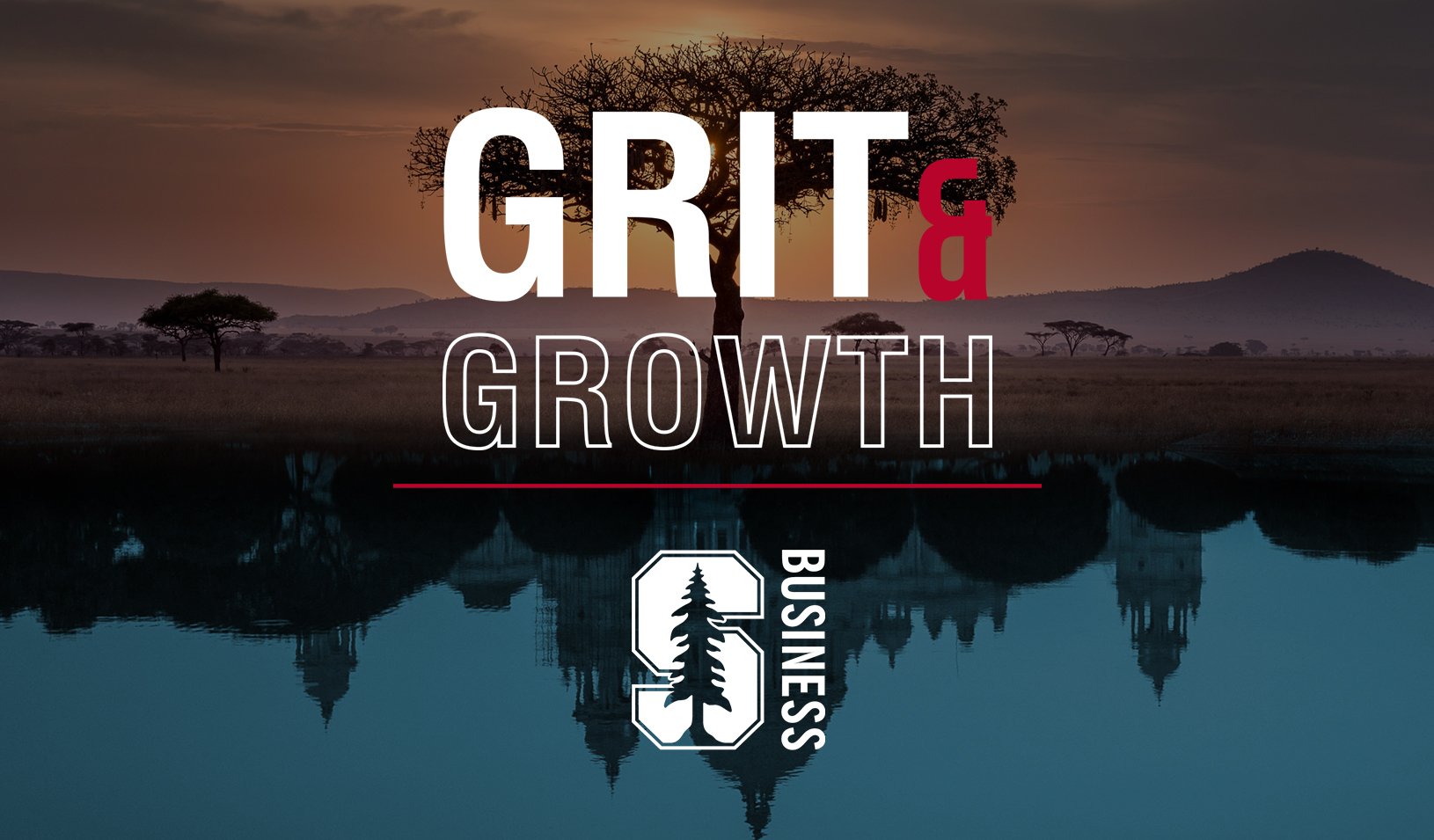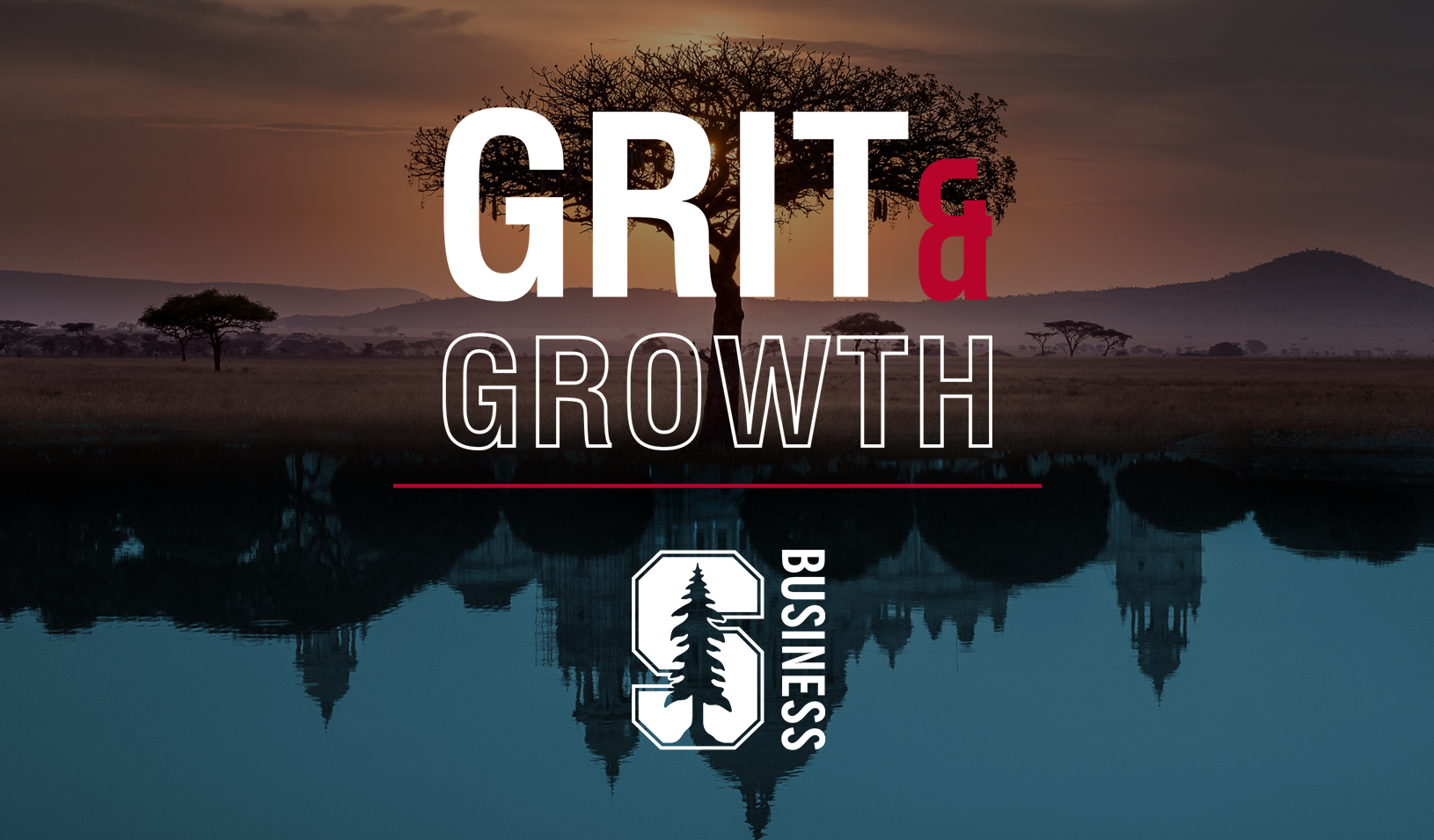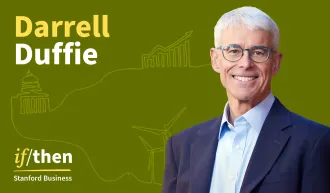Slack CEO’s Rise: From Games to a Workplace Communications Heavyweight
The Slack and Flickr cofounder shares lessons from entrepreneurship and life.
February 21, 2020
Stewart Butterfield, CEO of Slack, shared his leadership lessons at a recent View From The Top discussion. | Stacy Geiken
Dharma Jeremy Butterfield was born in Lund, British Columbia, where the Pacific Coast Highway ends. He spent his early years in a log cabin, changed his name to Stewart Butterfield, and eventually cofounded Flickr and Slack, where he’s currently CEO.
Slack now has over 12 million users in 150 countries. Butterfield, named among Time’s 100 Most Influential People in the World, is famous for salvaging good ideas from “technology wrecks.”
But the road he took to get there has been more winding than the PCH. Butterfield shared insights from his journey in a recent Stanford Graduate School of Business View From The Top speaker series event, where he was interviewed by Stanford GSB student Tylon Garrett.
Early Influences
In addition to giving Butterfield a creative name, his parents provided lasting influence. For example, when he totaled his dad’s car at age 16, his mother said, “Now you’ve learned an important safety lesson.”
“Not the reaction I was expecting,” Butterfield says.
His father’s work as a real estate developer helped Butterfield appreciate the long cycle of vision, planning, and fundraising required by many businesses: “I started looking at the world that way.”
At the age of seven, Butterfield taught himself programming: “I had an Apple IIe at home, and in Byte magazine you could find Apple BASIC programs to type in and change a couple of things. Later, in college in British Columbia in 1992, I discovered the internet and was fascinated that I could find people with similar interests anywhere in the world, even from such a remote place. Ever since, the idea of using computing technology to facilitate human interaction has guided my career.”
A Flickr of Hope
Butterfield completed two degrees in philosophy, from the University of Victoria and Clare College, Cambridge, but ultimately pursued a technology career.
In 2002, he cocreated a web-based game called Game Neverending: “We tried to offer a whimsical world of delightful little things to discover, mostly for people to interact and form community. But it was a really dark time for financial markets post-9/11, and no one wanted to invest in internet stuff. We didn’t have enough money to finish it, and so we cast around for a commercially viable product and that became [photo-sharing site] Flickr.”
Butterfield recalls writing the initial Flickr business plan during a bout of food poisoning. “In retrospect it was way too early for the idea,” he says. “Back then the internet was almost all dial-up, and people were mainly checking sports scores and stock prices. Like our game, Flickr was mainly a pretext for social interaction.”
Yahoo eventually bought Flickr, and Butterfield worked for the early internet giant from 2005 to 2008: “It’s hard to get things done in an organization of 12,000 people.” He resigned with a tongue-in-cheek letter, likening himself to a tinsmith in a company that no longer made tin.
The Path to Slack
Post-Yahoo, Butterfield cofounded Tiny Speck, a videogame business, and raised over $17 million in VC funding.
Though the company’s flagship product, Glitch, was more promising than Butterfield’s previous game offering, he decided to shift to a higher-growth vision: “We could have kept going, but that wouldn’t have been very responsible to our investors.”
With over 30 employees and a large Glitch user community, that meant layoffs and disappointment: “It was like when they blew up Alderaan in the first Star Wars. For me, it was very embarrassing. I had to tell people who’d moved to a new city that they didn’t have a job anymore. It was pretty terrible.”
But what emerged from that bitter experience would become Slack. At Tiny Speck, they’d developed an in-house messaging system that included search and other useful features. “We realized other software development teams might like it too,” he says, “and decided that’s what we’re going to do.”
Massively Multiplayer Workplace Software
Still, convincing companies they needed Slack wasn’t easy.
“For the first three or four external teams using it, it took dozens of tries,” Butterfield says. “Just going to their office and showing them. There was nothing for people to compare it to, to fix it in their brains — so you have to explain it all from scratch. But when people started trying it, they invariably stuck with it.”
That’s partly because Slack offered simple, smart features: “We made life convenient for users, like sending you a magic link that logs you in, instead of requiring a password typed in.”
By 2017, Slack, which Butterfield thinks of as “massively multiplayer workplace software,” had over $100 million in revenue and a $5 billion valuation. Then Microsoft’s Teams app debuted. “It validated our idea,” he says. “We weren’t worried about it because it was so far behind at the time. It’s better now but not enough that large customers would switch to it, due in part to limits on the number of users in specific workspaces.”
Not Slacking on Diversity
Slack has been exemplary for promoting diversity in tech, with many technical roles filled by minority employees.
“Start early,” Butterfield advises. “It’s like you have one black woman engineer and another comes to interview, and she sees the first one and it becomes a different assessment. And the third feels like there’s a community.”
“It’s not about setting a lower bar,” he continues. “You just have to look harder. And you have to understand women and black engineers have had to work harder to get where they are. They don’t benefit from the same kind of networks.”
Lessons in Leadership
Butterfield offers several takeaways he’s gathered along the way.
“The dynamic changes when you go from 20 people to a couple thousand, like we are now,” he says. “As CEO of a large organization, it’s like having a super-powerful microphone on all the time. So things carry much more weight, especially if they’re negative or critical.”
He continues: “Making anything significant happen requires dozens of people, or hundreds, or thousands. The amount of selling, vision, and cajoling is just enormous. I’ve been learning how to do that without creating an entirely top-down environment, like an iron fist from above. That means talking to everyone to get different perspectives.”
For future CEOs and company founders, Butterfield recommends the book Leadership and Self-Deception: Getting Out of the Box, by the Arbinger Institute. “It’s about how the fundamental challenge of leadership is the same challenge of being human,” he says, “like living with an open heart and not seeing people as obstacles.”
For media inquiries, visit the Newsroom.
Explore More

Creating a Culture of Healthy Debate

The Business of Ending Generational Poverty in India



